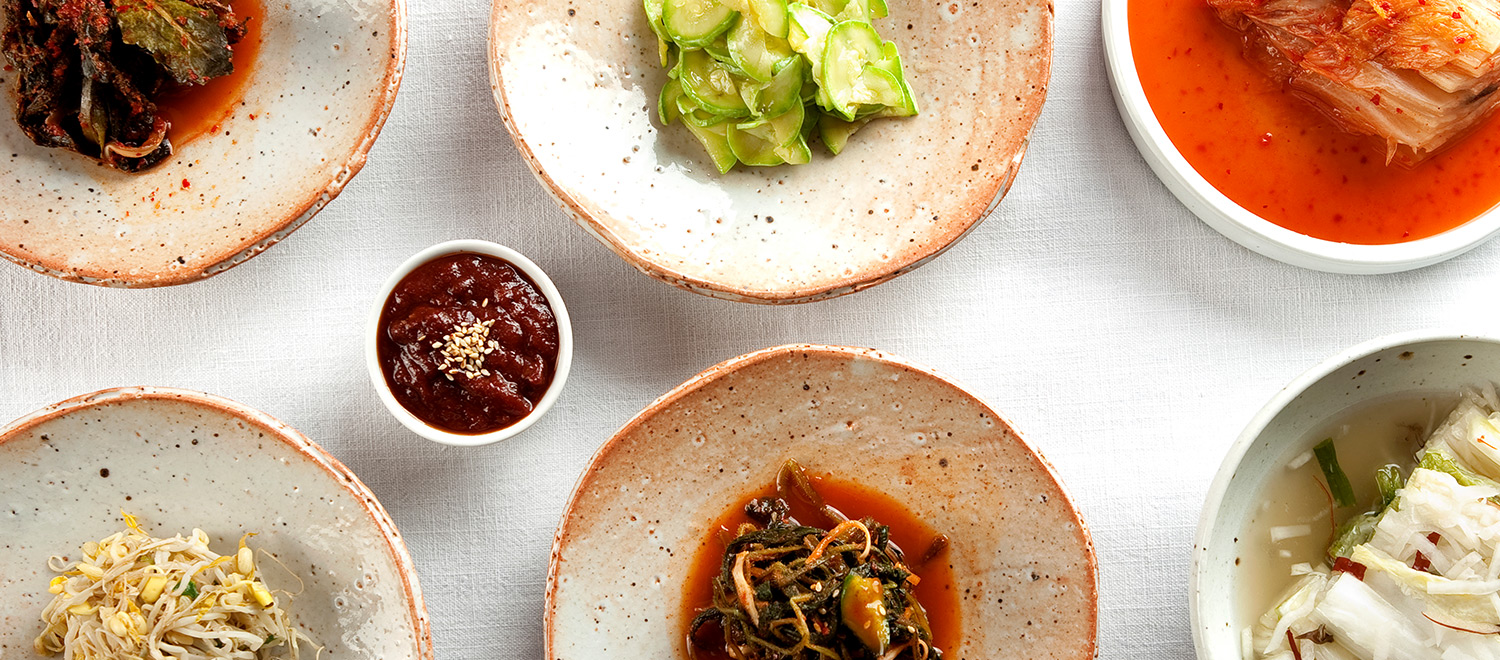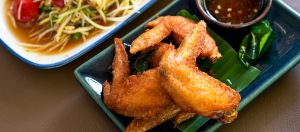Korean food has officially made its landing in the U.S.; Korean BBQ is now a staple in almost every major city. You can get even kimchi burgers at T.G.I Fridays. The rise of Korean food in America is the latest in a string of East Asian influences on American dining preferences.
Korean cuisine actually had a unique journey into America’s mainstream culinary world. Unlike the popularity of Chinese, Japanese, and Thai food, the rise of Korean cuisine didn’t mirror the spike of Korean immigrants in the 70s and 80s. In fact, less than 25% of Korean Americans immigrated here since the 2000s, which doesn’t explain why it took so long for Korean food to become popular in the U.S.
To better understand this, we need to first explore how Americans warmed up to the other kinds of Asian food.
Orange chicken is probably one of the most iconic Chinese food in America, but it was actually created at a Panda Express in Hawaii. It was a loose adaptation of the sweet and sour flavors in Chinese cuisine with an American twist. The dish has been heavily promoted by Panda Express to popularize Chinese food ever since. Ironically, it doesn’t even exist in China or Taiwan. The popularity of sushi had a similar story. When eating raw fish was still frowned upon in the U.S. in the 70s, the invention of California roll in Los Angeles played a critical role in easing people into trying the other, more exotic sushi options. The California roll has inspired chefs around the country to create their own rolls based on local ingredients and taste preferences. Also, ironically, you can’t order any of these “American-style” rolls in most restaurants in Japan.
But this was not the case for Korean food. For decades, Korean food in the America has stayed true to its traditional format and flavors. Korean chefs weren’t interested in creating their versions of orange chicken or California rolls just to fit in. In fact, Korean restaurants have long positioned themselves as “Made by Koreans. Made for Koreans.” Many remained to family owned and operated with traditional dishes and often, Korean-only menus. In many ways, Korean cuisine is unadulterated in America, but as a result, this also slowed down the timeline of acceptance by the larger American population.
Things finally started to change in the late 2000s with the rise of fusion cuisine and gourmet food trucks. Roy Choi’s Kogi Truck was the first big splash of Korean flavors. Choi created fusion tacos that seamlessly connected Mexican and Korean cuisine – replacing Carne Asada with Bulgogi and Salsa with Kimchi. Choi inspired an entire category of Korean fusion eats. What sets these new dishes apart from Orange Chicken or California roll is their preservation of authentic Korean flavors. Korean chefs, like Choi, not only created something that Americans could easily relate to, but also incentivized the American palate to experience traditional Korean flavors through a familiar mechanism. After all, if you enjoyed eating Bulgogi and kimchi wrapped in a tortilla, you will be more interested in trying Bulgogi and kimchi wrapped in a radish wrap at a traditional Korean BBQ.
Koreans have an extremely strong desire to stay intact with their native culture. That’s why many 2nd or 3rd generation Korean Americans children are still required to speak Korean at home. This is also why Korean chefs are so persistent about preserving the traditional flavors in Korean cooking, even when they are creating fusion dishes. This is a fundamental difference from the age of Orange Chicken and California rolls. Asian Americans are looking for new expressions to embrace their bicultural identities







